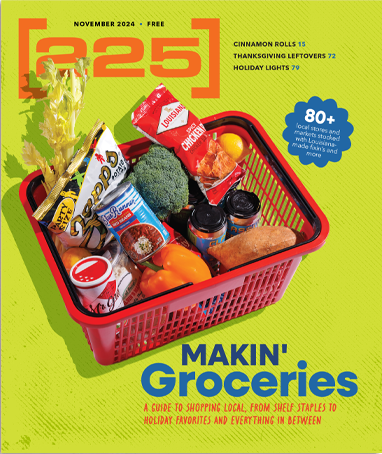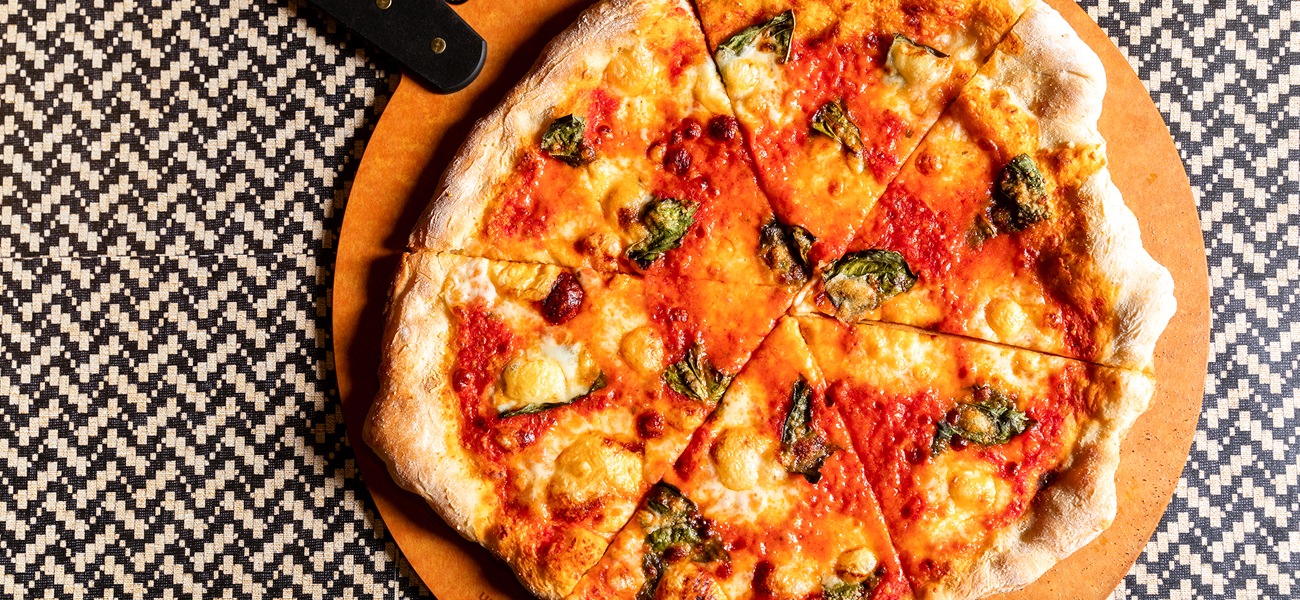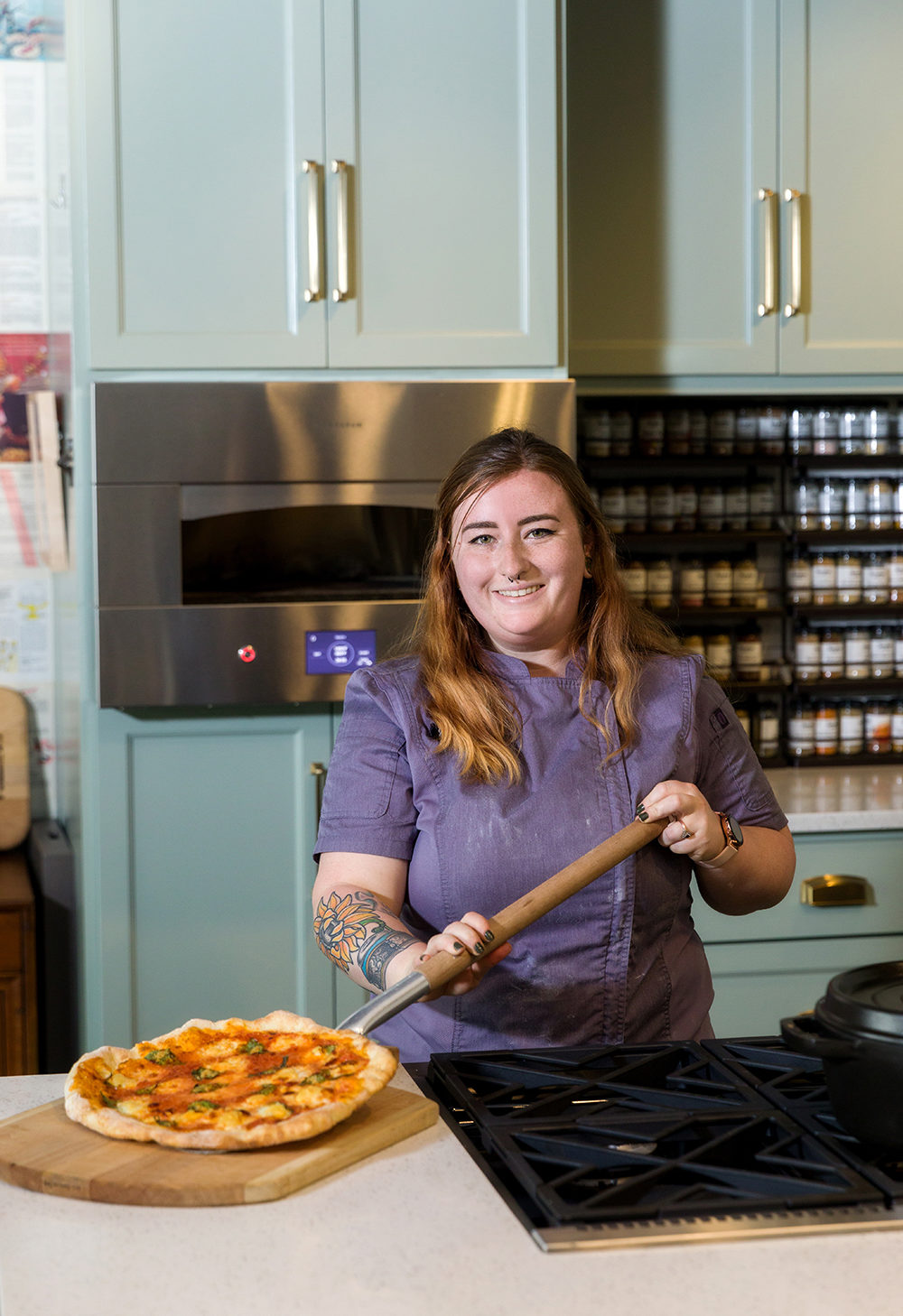You don’t need a fancy oven to make authentic pizza. All it takes are a few simple ingredients and steps, according to Chef Alannah Moreau, Red Stick Spice Co.’s kitchen manager and instructor in its new pizza-making class.
Moreau should know. After earning a degree from the Louisiana Culinary Institute in 2015, she joined the team of the 900° Pizzeria food truck, a popular eatery situated in Chip and Joanna Gaines’ Magnolia Market at the Silos in Waco, Texas.
|
|
|
There, Moreau mastered kneading, punching and tossing dough with the best of them, learning to create delicate, thin-crust pies with the perfect balance of crunch and chew.
“In culinary school, I focused on savory, not pastry, so I was a little nervous at first,” says Moreau about her early days on the food truck. “But it was really hands-on, and I learned all sorts of things, like how to make the dough behave in any kind of weather.”
More than expensive equipment, the proper combination of ingredients can vastly improve your pizza outcomes, Moreau says. She makes a lot of pizza, not just with the groups who take her “Pizza Party!” class in Red Stick Spice Co.’s new demo kitchen, but also at home. She says her faithful use of flour, yeast, sea salt and cold (not warm) water, achieves the right dough rise, flavor and texture.
As for her favorite toppings, it’s hard to beat the simplicity of sauce, fresh mozzarella and torn basil.
“I love a good margherita,” she says, “but I do like to add caramelized onion.” Find her on Instagram at @that_one_pizza_lady; redstickspice.com
Tools of the trade
Flour power
“More than anything, using the right flour is the key,” Moreau says. “You need a high-protein flour to establish the chemical bonds that allow you to stretch the dough without tearing it.” Instead of all-purpose flour, Moreau advises using bread flour or 00 flour (finely ground Italian flour used for making pasta and pizza).
Screen time
At home, easy-to-use pizza screens can be a nice enhancement to a pizza stone. “I’m a big fan of pizza screens,” Moreau says. “The braided stainless steel mesh lets heat and air come through without overcooking the dough. It makes the interior chewy, and gives the surface a good crack.”
Managing moisture
A soggy middle is every pizza lover’s worst nightmare, but you can keep this from happening, Moreau says, by watching the moisture content of each ingredient. If you use fresh toppings that release lots of water, like tomatoes, spinach or mushrooms, be sure to balance it with a low-moisture mozzarella.
|
|
|
Bench strength
Once you get in the swing of making dough, you’ll want to make big batches of it, and Moreau advises a simple, handheld bench scraper to portion your dough and scoop up remaining bits.
Iron-clad solution
Thin-crust pizza is all the rage these days, but deep dish still needs a place in a pizza maker’s repertoire. Break out a seasoned cast iron pan for this job, Moreau says. A properly seasoned surface won’t require preheating, nor will your pizza stick.
This article was originally published in the March 2021 issue of 225 magazine.






